Mike

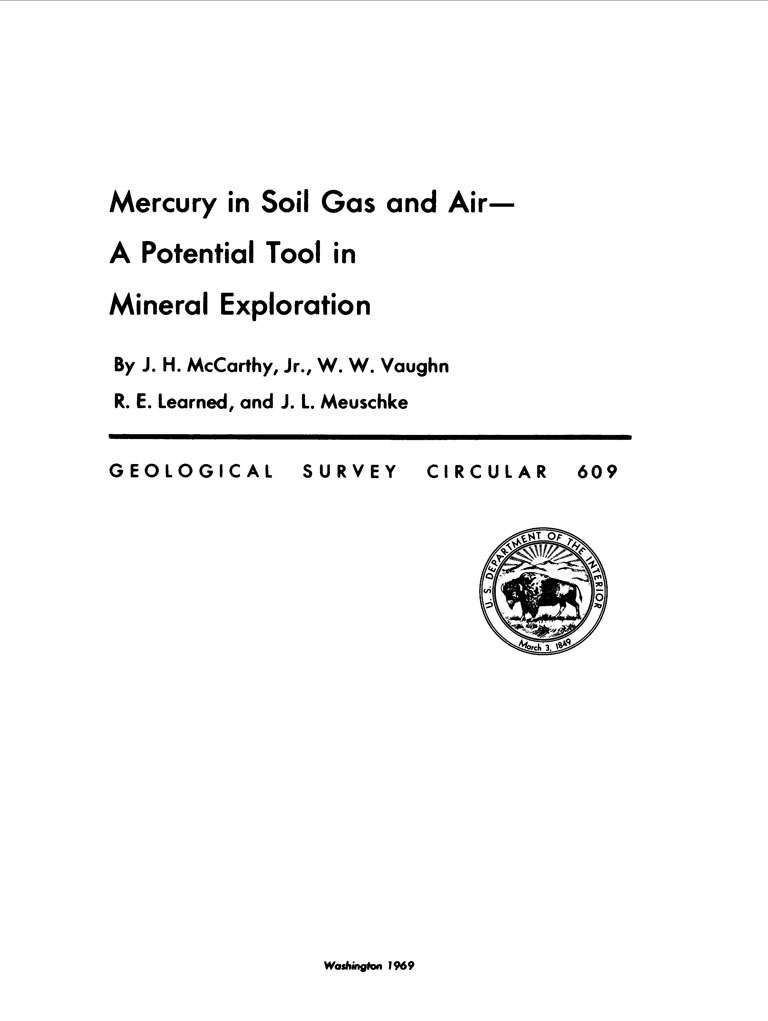


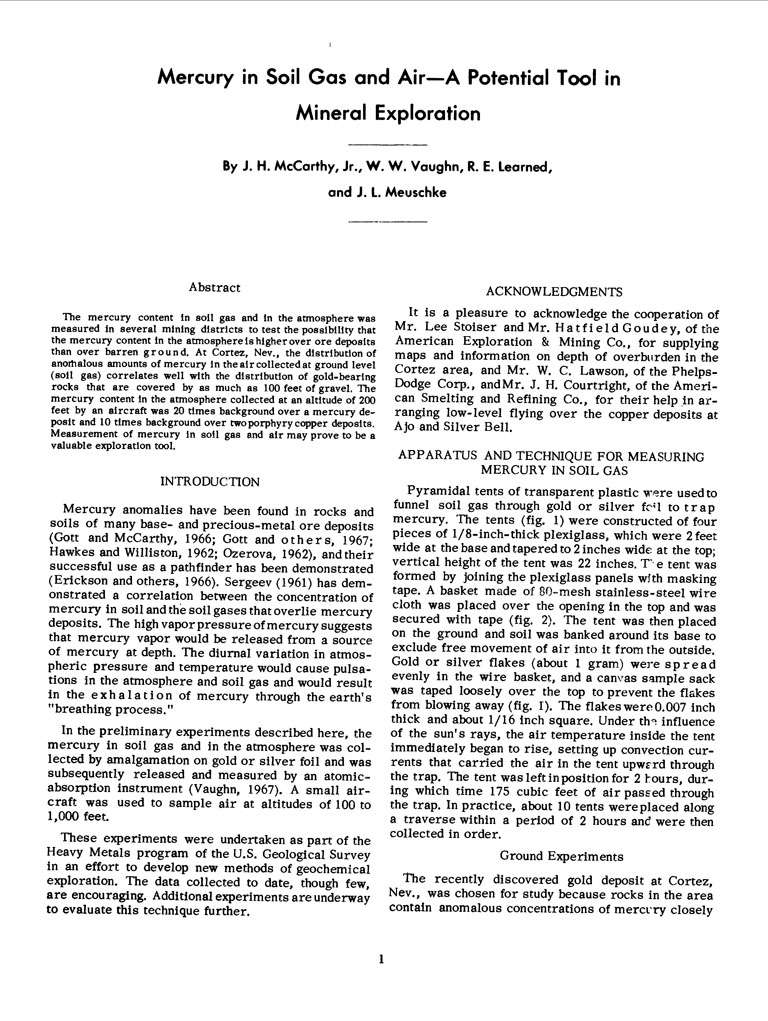
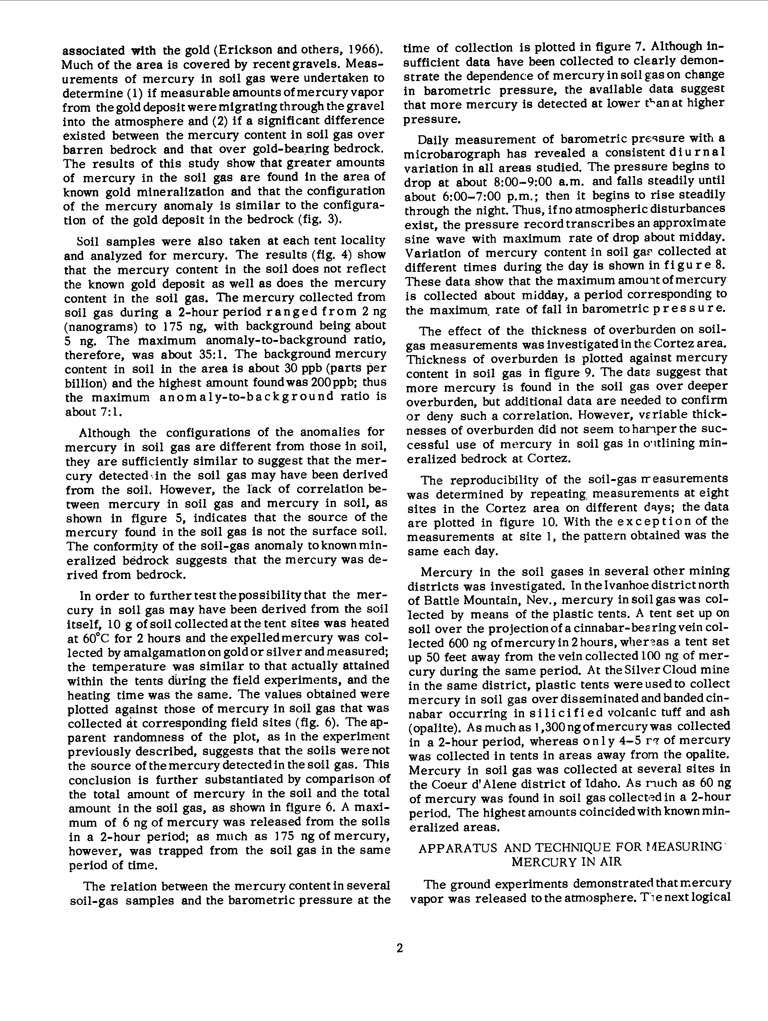
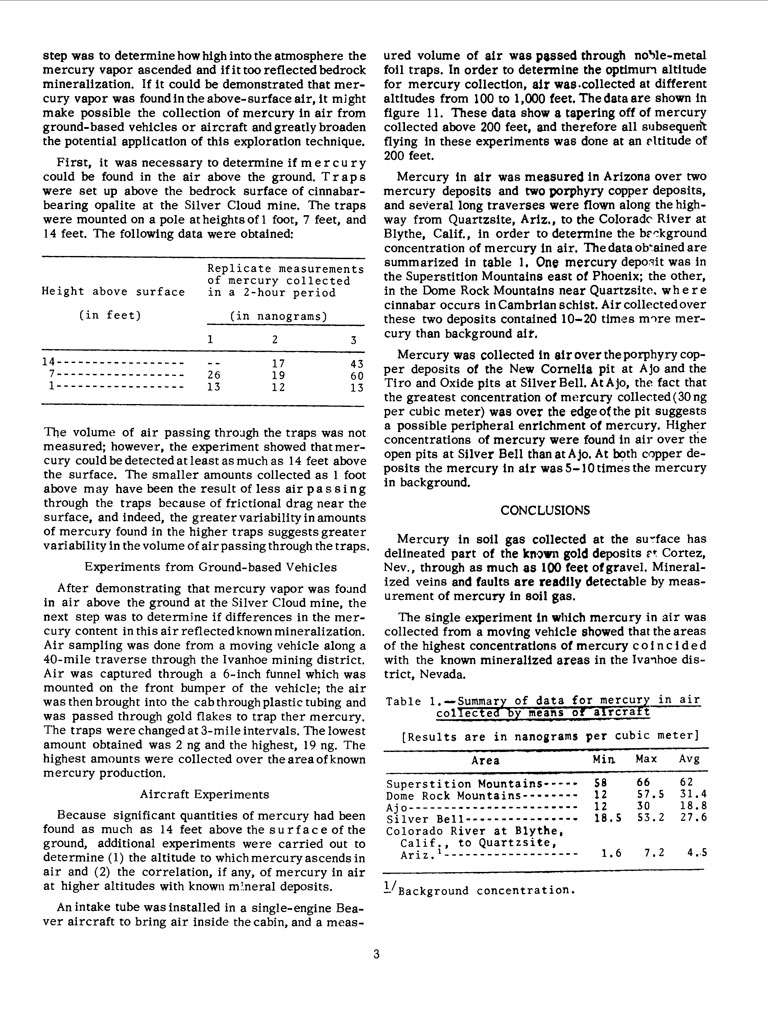

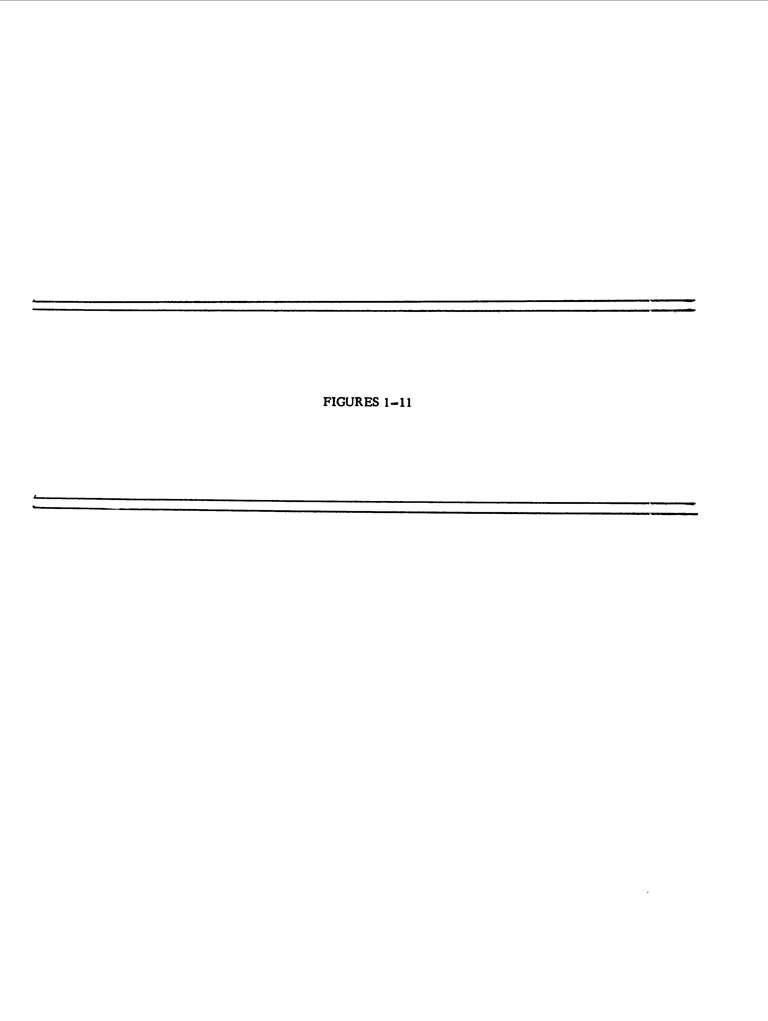
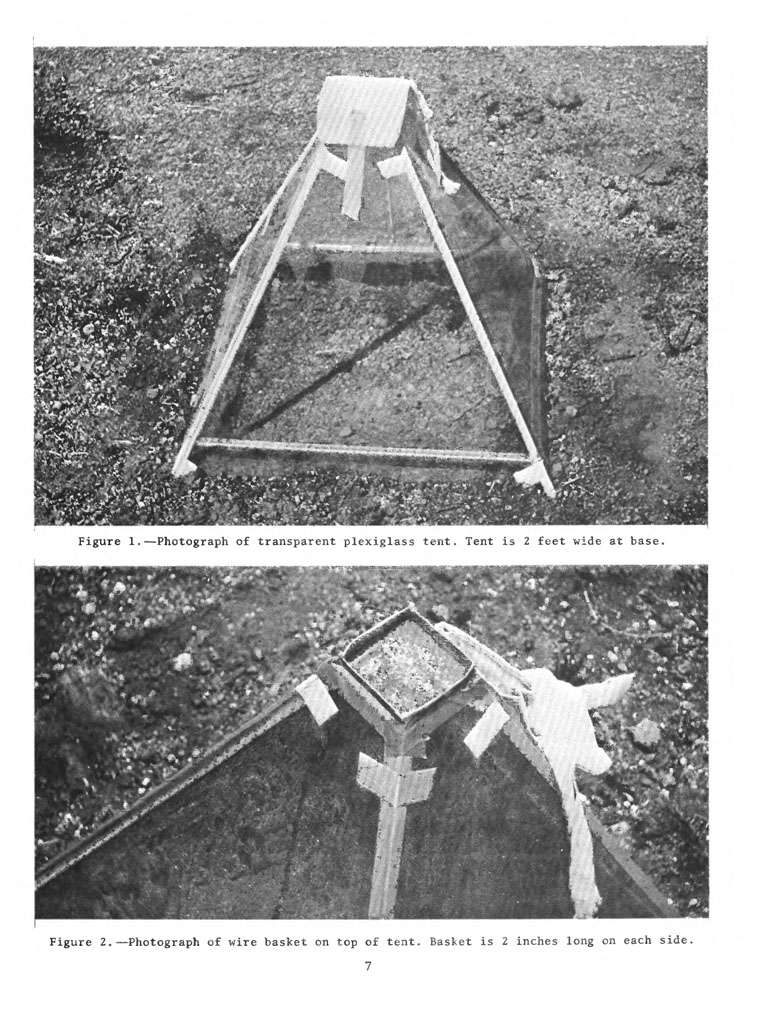
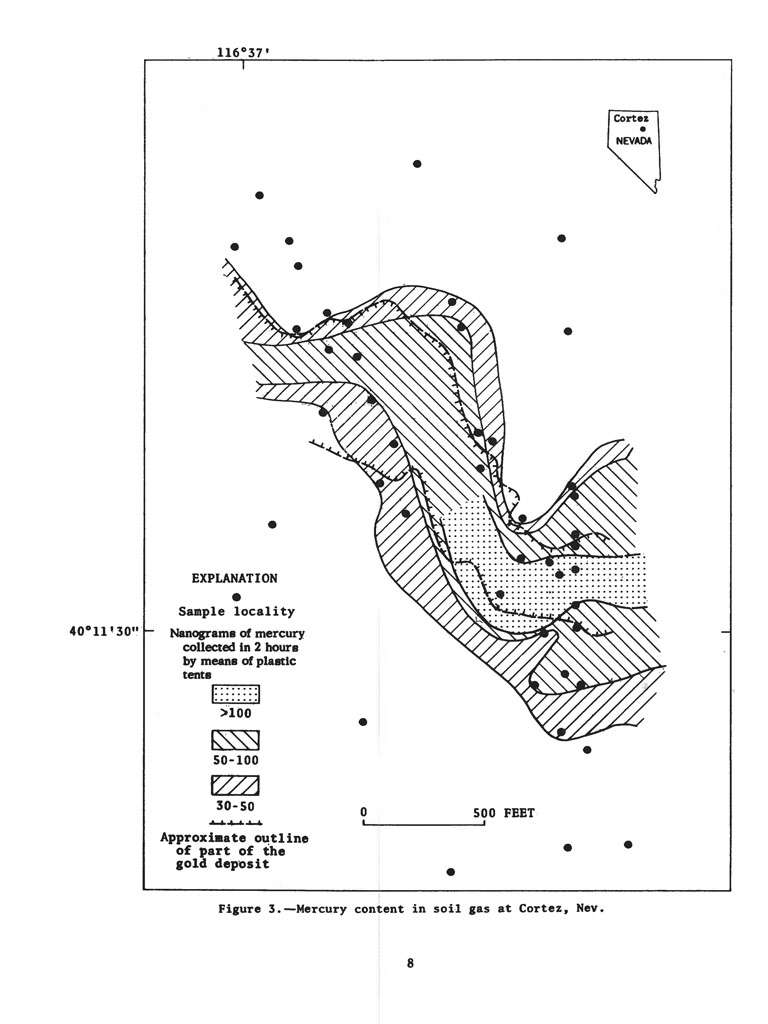

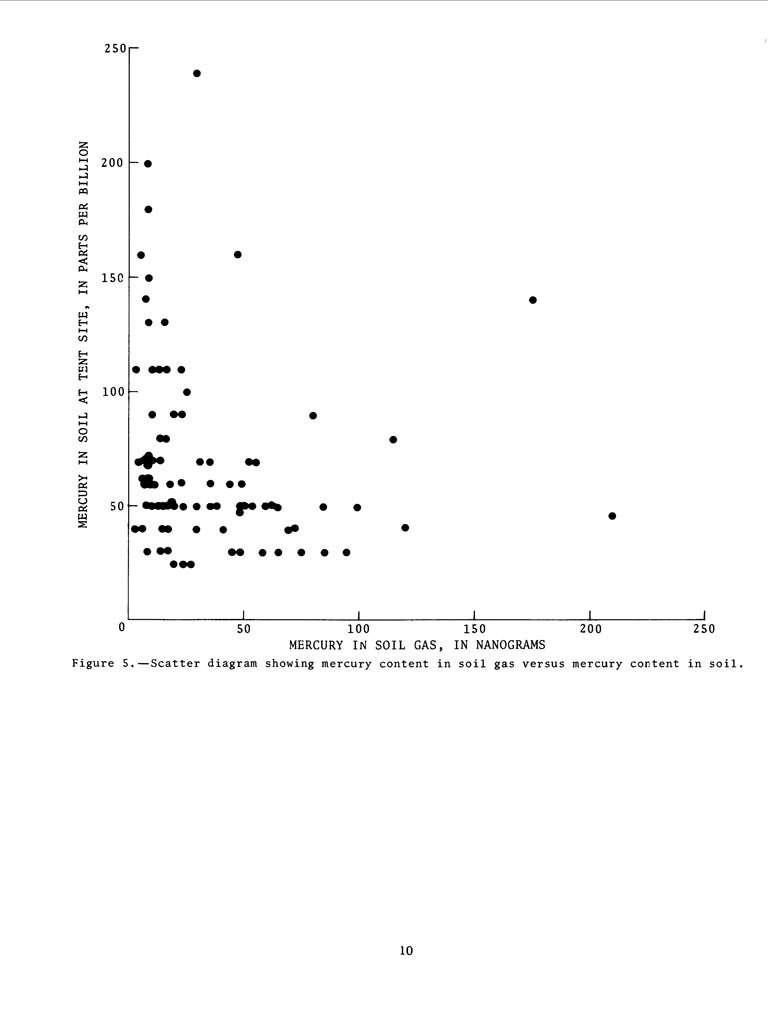
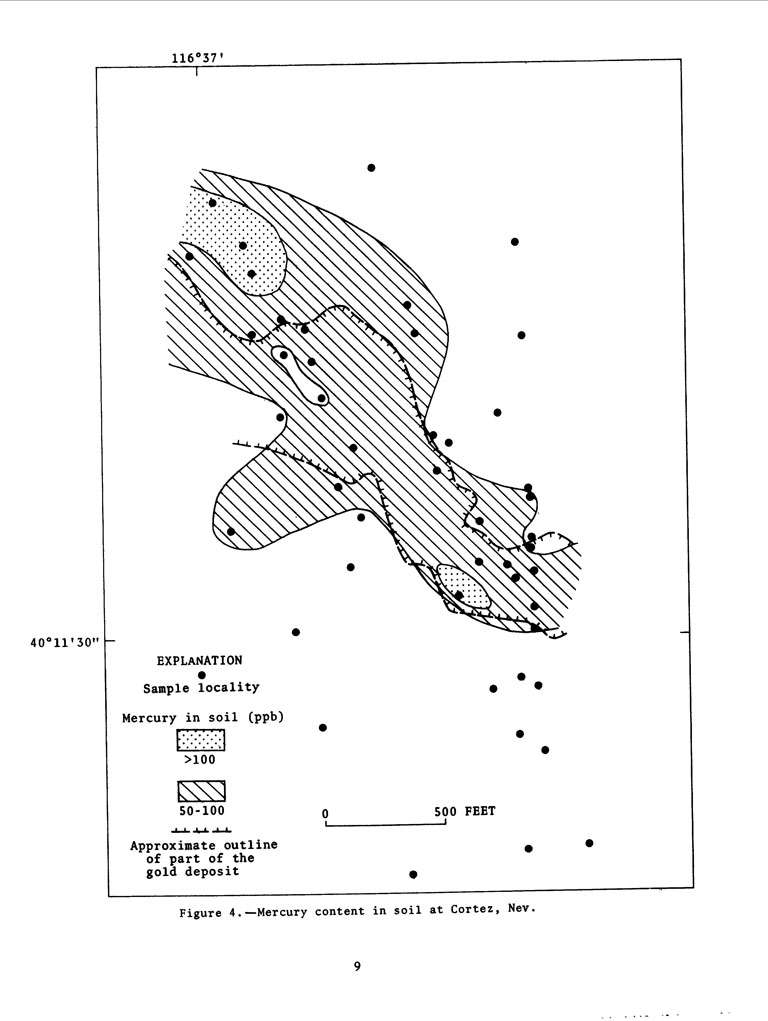
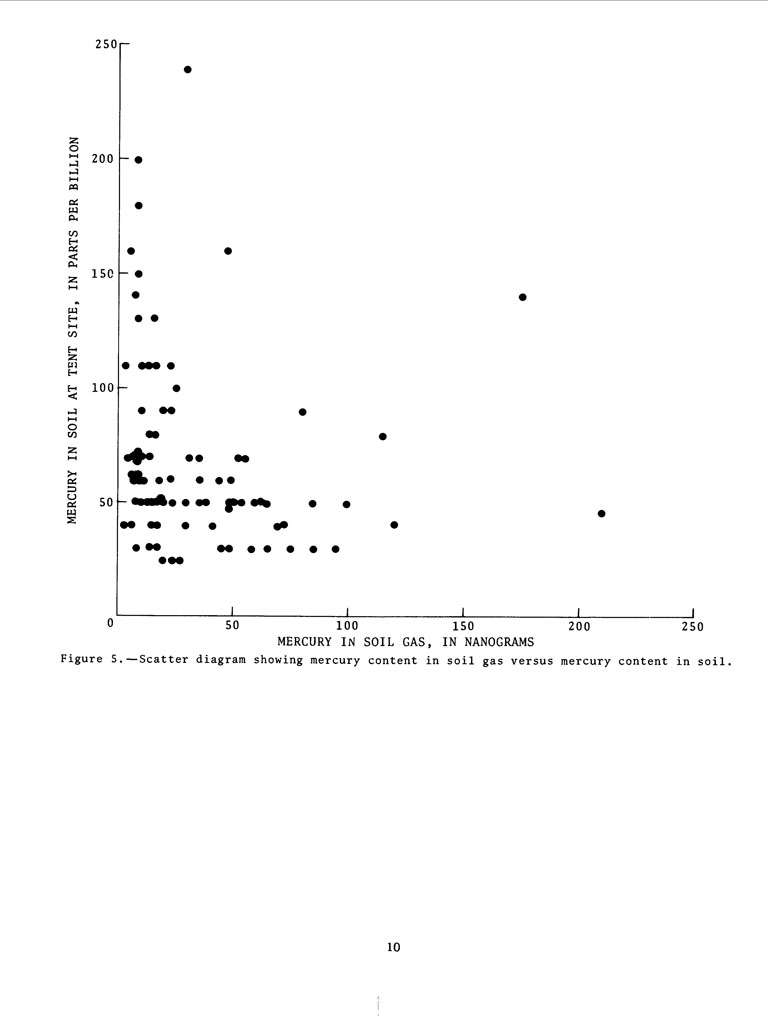
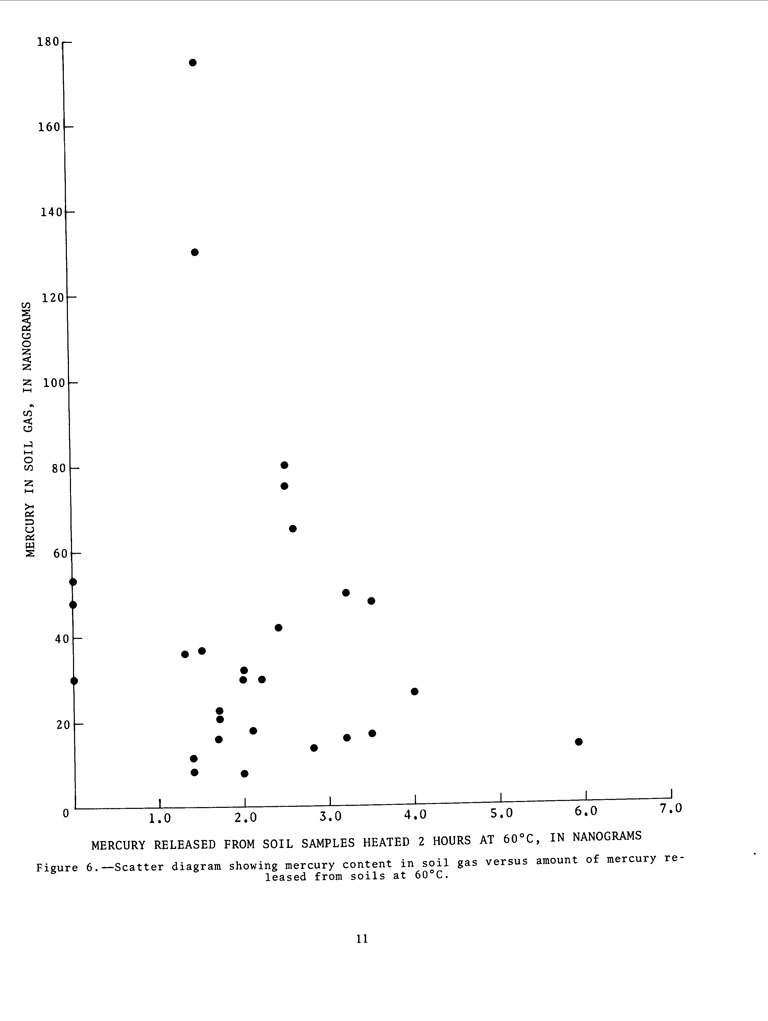
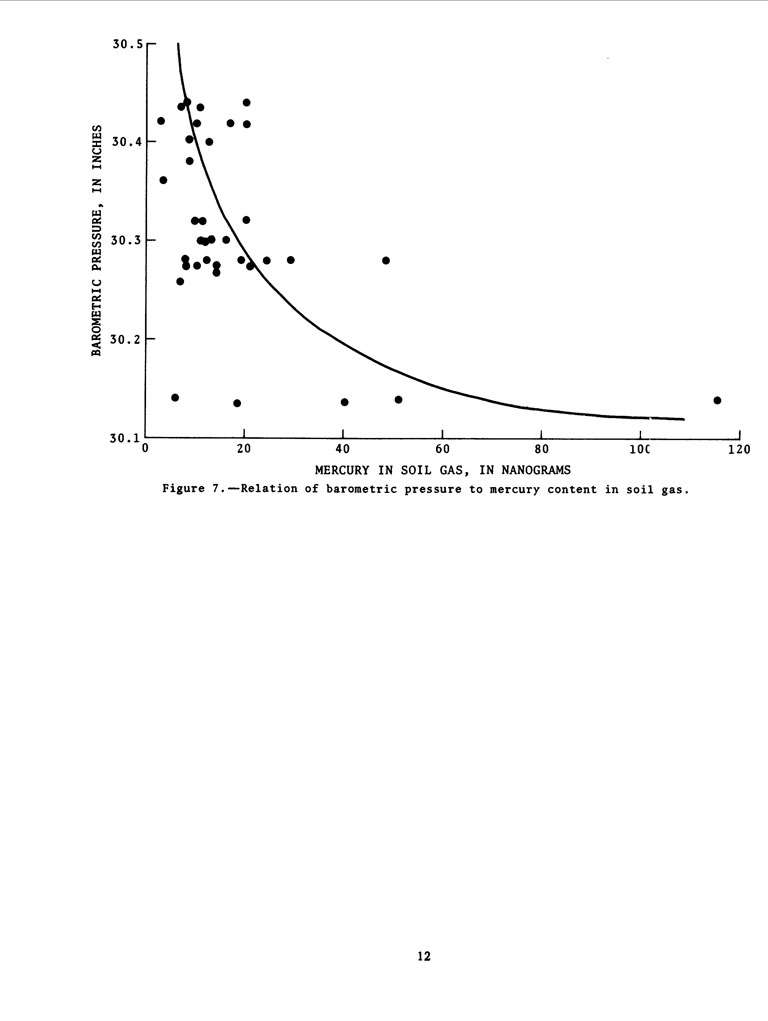


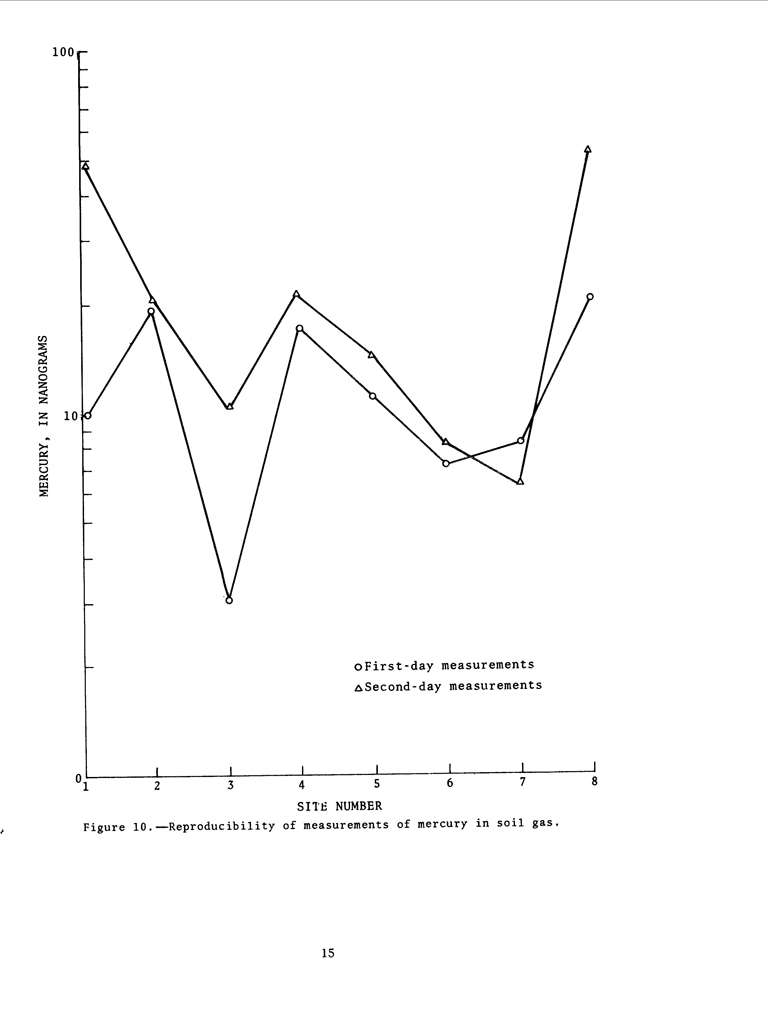
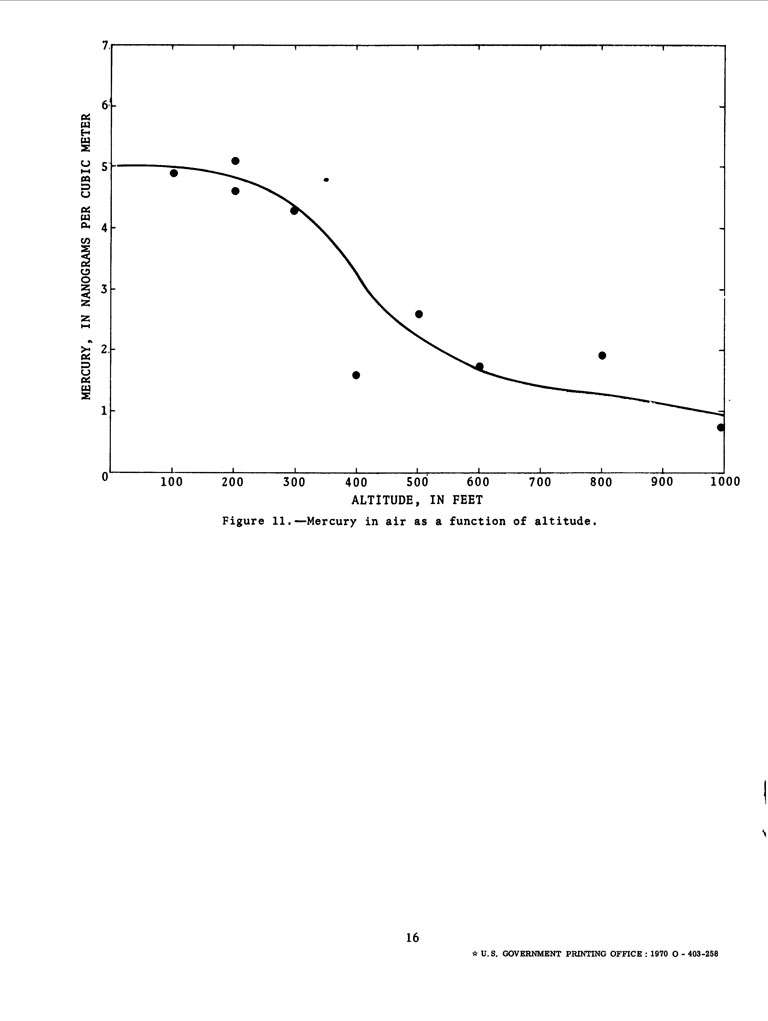





















May I ask why you hold that opinion? Thank you in advance,Cubfan64 wrote:The conclusion I make based on this circular is that Hg can be detected in the air above a known Hg deposit in the Superstition Mountains - no more no less, and shouldn't come as too much of a surprise.
The connection between Hg content in the air above the Superstitions and precious metals deposits there is a stretch at best imho.
Not to speak for Paul here, but I would say yes to both proposals. It is logical to me anyway.Joe Ribaudo wrote:Paul and Roy,
Does the fact that cinnabar and mercury are both found in the Superstitions become a factor in this discussion?
Is it possible that heat would create more mercury vapors which would be carried aloft by the natural updraft of the range?
Probably dumb questions, but I'm flying blind here.
Take care,
Joe
Roy - I guess I'm biased because I've worked for so many years in a chemical laboratory environment and I've seen an astounding number of "abuses" of research data - especially in the interpretation. I routinely see millions of dollars spent on projects based on only a few data points that could just as easily be anomalies and outliers, but because it indicated to those interpreting the results what they wanted it to indicate, it was "full speed ahead." People lose jobs and companies go bankrupt because of things like that.Oroblanco wrote:May I ask why you hold that opinion? Thank you in advance,Cubfan64 wrote:The conclusion I make based on this circular is that Hg can be detected in the air above a known Hg deposit in the Superstition Mountains - no more no less, and shouldn't come as too much of a surprise.
The connection between Hg content in the air above the Superstitions and precious metals deposits there is a stretch at best imho.
Oroblanco
Nope Mike - I'm not kidding at all, and yes I saw that statement. I don't see anything in that statement about higher Hg levels above KNOWN Hg deposits though - which is what the report states about their measurements over the Superstitions.Mike McChesney wrote:Joe,
I agree with Oro here. Yes on both accounts. As a matter of fact, it is the basic premise of the entire circular.
Paul,
Are you kidding? Maybe you missed this line:
"Higher concentrations of mercury are found in air over base- and precious- metal ore deposits than in air over unmineralized bedrock"?
Dome Rock (Quartzsite) temps run very close to AJ Temps. That means that AJ is not really any hotter than Dome Rock. Both are cinnabar deposits. The lowest measurement of Supers Hg is higher than the highest Dome Rock Hg measurement.
The Supers Hg Measurement is higher than that over the amalgamation pits at Silver Bell. A place where known large amounts of Hg were used to amalgamate precious metals, that is exposed to the atmosphere, and therefore should have measured MUCH higher than a naturally occurring cinnabar deposit trapped underground.
Best-Mike
Mike - my comments you and Roy were questioning were specifically addressed to this ONE USGS circular and the conclusions being drawn from it - I tried to make that clear when I made them. I also stated that I'm looking for and reading as much as I can in regards to the association of Hg with precious metals deposits, so I think we're on the same page for the most part.Mike McChesney wrote:Paul,
One thing that I don't always keep in mind is that some people don't have a lot of knowledge of a particular subject. USGS609 was not meant to be THE text for people with no history in the subject. It's target audience were people already in the field of geochemical mineral exploration.
I knew some about the subject due to some closeness with the Oil Exploration Business. Same methods are used there, just looking for different vapors (hydrocarbons instead of mercury vapors). Actually, the two are very closely related because (and not many will admit to this) many oil exploration companies have at least one dowser on staff (believe it or not). When I was growing up, I went to school with the son of a guy that owned CT Carden Oil Exploration Svcs (I am from New Orleans). I was very surprised when I found that out.
All I can recommend is that you read as much as you can on the subject and maybe shoot a few emails to mineral exploration companies. Mercury Vapors in soil and air have been commonly used in the US since the 1940s in mineral explorations. Reread "De Re Metallica" by Georgius Agricola. The part about "gold exhalations". What do you think those "exhalations" are? Mercury and Arsenic Vapors that are known to exist in very large quantities in precious metal deposits. As those "exhalations come in contact with plant roots it causes changes in the plant's health and therefore also its' physical structure. Those exhalations could also be the source of those different colored light flashes from ore bodies. Makes trees black, causes conifers to bear cones only very near the trunk, etc, etc, etc. So actually, those vapors have been used in prospecting since the earliest days.
Best Mike
Paul,Cubfan64 wrote:I'm still very curious as to where the "known" mercury deposits are located. If they're "known," they must be known by either locals or geologists or likely both. I suspect the reason we don't hear any specific information about them may be because of the USGS circular convincing folks that those locations are at the very least, likely places to look for precious metal deposits and at best, where the LDM can be found.
I'm still collecting and reading as much as I can find about Hg deposits and their association with precious metals deposits. As usual, it seems the more one reads, the more questions arise and the more one finds inconsistencies, disagreements and contradictions even amongst the professionals
Are you referring to the Sunflower Mine you posted just above that, or are you talking about some other location?My other question is - was this mine covered (flown over) and if so, did it have a higher, lower, the same - amount of mercury in the air? Of course, this mine also mined gold, silver and copper in addition to the cinnebar.
Joe - I haven't been convinced yet that mercury vapors alone are that promising of a an indiation of gold/silver deposits, HOWEVER, if I were seriously getting into looking for prospecting locations, I would very likely try to set aside $10,000 little by little to purchase one of those hand held units - assuming they are reliable and easy to calibrate. If nothing else, it's another tool and would be quite useful for finding areas where elemental mercury had been used which would be an indicator that gold ore processing (and thus mining) had been done nearby.Joe Ribaudo wrote:Paul,
I suppose, if you had a site that you were really in love with, you could rent a small, hand held, real time mercury vapor analyzer. Cost is around $500 for a week, or just under $200 for a day. Don't know if they work for what LDM hunters would be looking for, but they are available in Arizona. Cost to purchase is around $10,000.
Seems like an interesting thing to look into.
Your theory that the vapors could be coming from deep in the earth, makes perfect sense to me. On the other hand, I know nothing about the vapors.......
Take care,
Joe